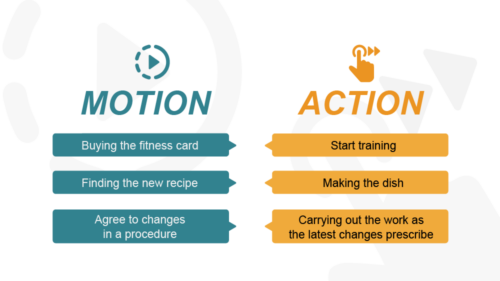The value of engagement surveys
Employee engagement surveys presently have a high focus among HR professionals, and it makes perfect sense. Frequent check-ins with your employee’s engagement provide you with valuable knowledge to ensure higher performance; the saying ‘an engaged employee contributes to the success of the company’ is there for a reason.
Let me highlight the key benefits of making engagement survey:
The typical survey trap – confusing motion with action
It is essential to remember that producing the survey and reading and discussing the reports is not enough to collect the benefits of the engagement survey. You need to ensure concrete action is taken based on the insight. If the scores are high, you should understand why and energise this engagement factor. If the scores are in the lower end, you must find ways to overcome the roadblocks.
In this phase of the engagement survey handling, however, many get caught in a typical survey trap where they do either not really follow up on the insights they get from the survey or where they do a lot without really doing what it takes to ensure progression.
In many cases, people seem to get entangled into mixing up motion with action, a concept thoroughly described by James Clear in his bestselling book, Atonic habits. Being aware of the distinction between motion and action is the first step to overcoming this deception.
Often used examples of the difference between motion and action

It is important to stress that planning, talking, reflecting and articulating are also a kind of action. These activities are capable of creating small motions and movements among the people taking part in it, for example creating new learnings and insights, higher awareness, and providing changed perspectives. However, when it comes to engagement survey programmes, this part of the engagement handling process often stays within a small group of people. For that reason, it is important to ensure that ideas, learnings, action plans, etc. are turned into taking action as this is when substantial results are gained.
It seems evident at first, but none the less this is a typical barrier that need to be overcome – i.e. transitioning from motion to action. As action is the hard work, it is often more time-consuming and risky. Still, even smaller actions hold the opportunity to create incremental improvements and changes.
Are you ready to move from motion to action?
Have you gained valuable insight about your employee engagement level? And are you ready to move from motion into action to collect the gains of the engagement survey programmes?
If you wish to hear more about action opportunities after a crew engagement survey, please don’t hesitate to contact us at cph@green-jakobsen.com
Contact us for personal advice
Would you like us to call you?


